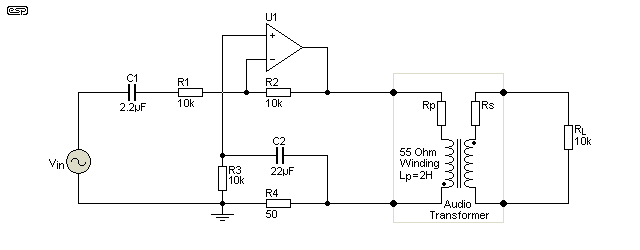I saw these on ebay and wondered if they might do for a transformer based saturator in something like an effects pedal /stompbox . It might also be possible to use the inductance in filters ,
https://www.ebay.ie/itm/393431905494
https://www.ebay.ie/itm/393431905494





